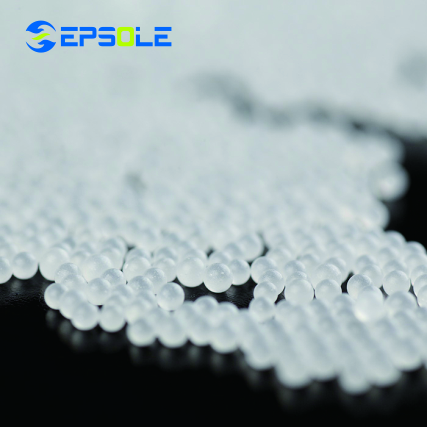 2021.07.02
2021.07.02
Expandable polystyrene, also known as expandable polystyrene, is a polystyrene resin with a small relative density (1.05g/cm3), low thermal conductivity, and low water absorption It has the advantages of low impact resistance, heat insulation, sound insulation, moisture resistance, vibration resistance, and good dielectric properties. It is widely used in shockproof packaging materials and fast food packaging for machinery and equipment, instruments, home appliances, handicrafts and other valuable products. . With the rapid development of the global economy, the consumption of polystyrene foam is also increasing.
This kind of waste polystyrene foam material is small in size, light in weight, resistant to aging, and not easy to corrode. It is a major problem in garbage disposal at present. In recent years, the recycling of foamed polystyrene has become one of the focuses of attention in the industry.
Preparation process:
There are two ways to prepare EPS particles:
1. One-step impregnation process (or called one-step method). First add styrene monomer, blowing agent, dispersant, water, blowing agent (usually pentane and butane) and other auxiliary agents into the reactor, polymerize to obtain resin particles containing blowing agent, and then wash, Centrifugal separation and drying to obtain polystyrene particles with good foaming properties;
2. The two-step impregnation process, referred to as the two-step method, is to polymerize styrene monomer in a reactor to form polystyrene beads with a certain particle size, and then add water, emulsifier, and foaming agent. And other additives, heated and dipped in the reactor to form a kind of expandable polystyrene bead product. The process has the advantages of simple process, less investment, better energy-saving effect than the two-step method, and good energy-saving effect. In foreign countries, the production process of expandable polystyrene mainly adopts the suspension method.
Molding:
EPS also has two main forming methods:
1. Extrusion route, that is, direct hot extrusion of EPS particles after foaming. This method is often used to manufacture thin plates and films;
2. Molding route: First, use 100℃ air (or water vapor) to pre-expand the EPS particles by 30-50 times, then leave it for 24 hours to make it mature, and then put the mature particles into aluminum or cast In the mold, heated by air (or water vapor) at 115~120℃, while the material expands, the surface of the particles fuse with each other to form a foamed plastic part, and the heat energy makes the particles fuse with each other to form a foamed plastic part.
EPS products are generally safe and non-toxic, but the raw materials are in different states during processing, and there is a certain degree of danger. The respiratory tract and skin are irritated by polystyrene powder. The stored EPS particles release pentane vapor, a gas that burns very easily and forms an explosive mixture with air. When heated, polyphenylene polymer releases styrene monomer, which is a dangerous substance.





